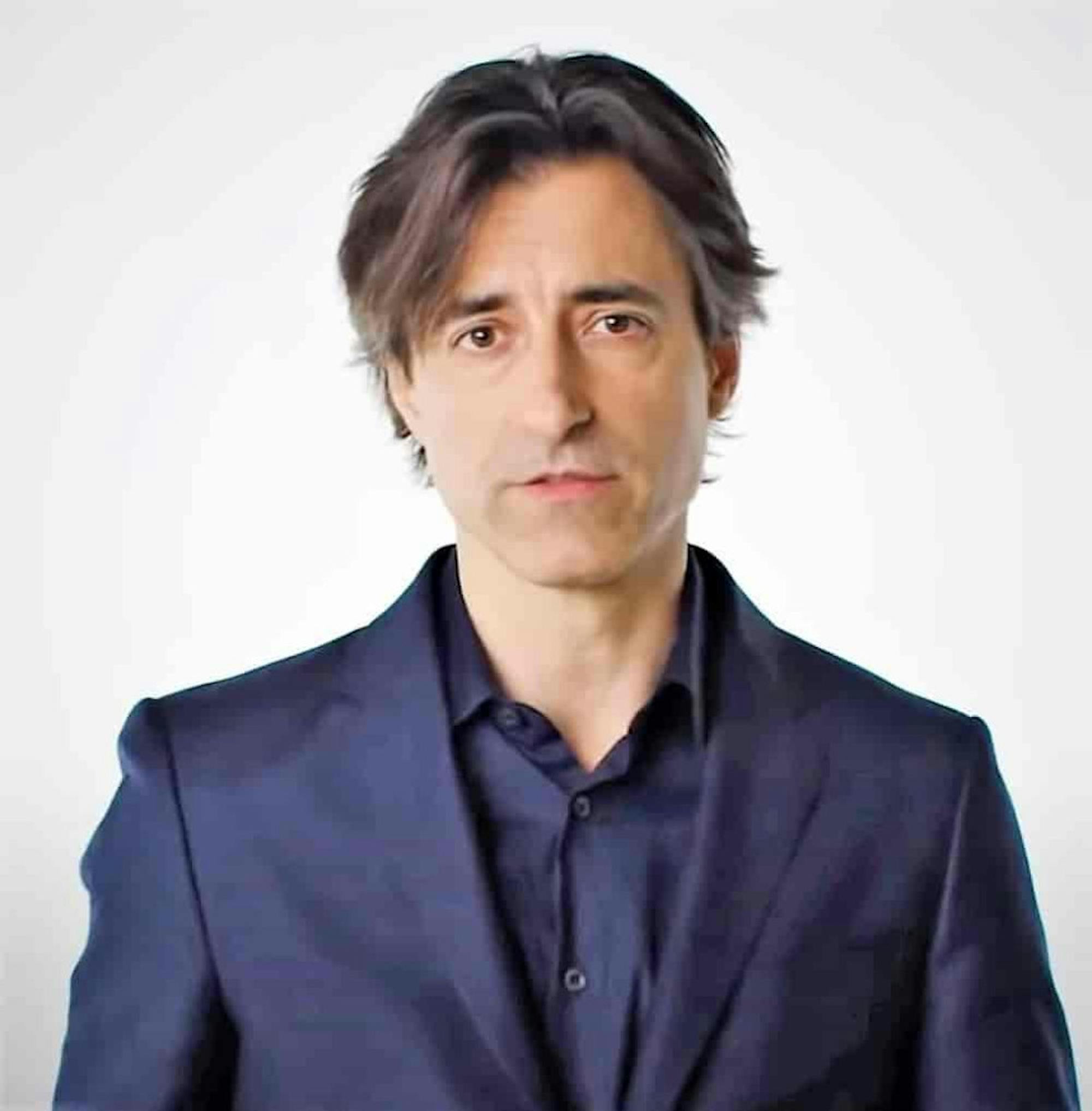In 1985, postmodernist writer Don DeLillo gained widespread acclaim for “White Noise,” a novel about a professor and his family in Middle America whose lives are upturned by a toxic air contamination accident. The novel, which touches on themes of consumerism, academia and death, won the National Book Award for Fiction and has since become a postmodern classic. While the book’s success should’ve made it the perfect candidate for a movie adaptation, it was long considered “unfilmable” because of its complex plot. After nearly 20 years in development, “White Noise” has finally been given the Hollywood treatment by “Marriage Story” (2019) director Noah Baumbach. Did he make a cinematic masterpiece and prove everyone wrong? Not exactly.
“White Noise” (2023), which is now streaming on Netflix, tells the story of Jack Gladney (Adam Driver). Gladney is a professor at the College-on-the-Hill who teaches “Hitler studies,” a field that he created himself. He lives with his fourth wife Babette (Greta Gerwig) and four kids from various marriages. After introducing us to Jack, his family and his devotion to teaching, the film takes a sharp narrative turn. A disastrous train crash brings about the “Airborne Toxic Event,” a billowing cloud of toxic gas that forces the city’s residents to evacuate. After surviving the disaster, Jack learns his wife is harboring some dark secrets when he discovers she’s taking a mysterious drug called Dylar.
Although DeLillo’s novel was a commentary on 1980s America, many of the book’s themes are just as relevant today, like consumer culture, technology and even the “Airborne Toxic Event,” which feels especially relevant in the wake of the pandemic (and an eerily similar disaster that’s currently unfolding in East Palestine, Ohio). Despite the story’s continued relevance, Baumbach’s screenplay doesn’t do justice to the ambitious narrative of the novel. The script is packed with absurdist dialogue and bizarre non-sequiturs that distract from the action of the story. In the novel, the story is told from Jack’s perspective in a sort of stream-of-consciousness dialogue that ties the disparate events of the story together. This works in a book, but the plot feels woefully disjointed on screen, as if the audience is watching three entirely different movies.
While some of the novel’s original commentary on American society remains intact, the thesis of the movie is difficult to identify. Is it about our fear of death? Or the toxic nature of consumerism? Or the toxic nature of literal toxic gas? It’s impossible to tell. Jack’s love of “Hitler studies” is supposed to act as a satirical look at the failings of academia, but in the film it doesn’t do much besides add some shock value to the opening scenes. Despite its fairly long runtime (two hours, 16 minutes), the film is full of half-baked ideas that don’t really go anywhere.
Adam Driver delivers a passable performance as Jack, doing his best with some of the weird, overly intellectual dialogue. Greta Gerwig, Baumbach’s partner and an excellent filmmaker in her own right, brings a youthful energy to Babette, but the couple’s lack of chemistry suggests that maybe the pair’s casting wasn’t quite right. Don Cheadle gives a great performance as Murray Siskind, a colleague of Jack’s who carves out his own niche at the university by teaching Elvis studies. However, his character disappears from the narrative about halfway through the film.
Despite its many weaknesses, “White Noise” does succeed in some regards. The film’s cinematography makes for a visually captivating watch, and its set design leans into the vibrance of the 1980s, especially in an A&P supermarket that the Gladneys visit throughout the movie. Full of brightly colored boxes and flashy brand names, the supermarket is where Jack and his family go to tune out the challenges of everyday life. The film’s score is certainly a highlight, as composer Danny Elfman combines 1980s synthesizers with big orchestral moments to create an undeniably cinematic sound. The best music comes at the very end of the film, when all the characters return to the supermarket one last time for a seven-minute dance sequence (just when you thought this movie couldn’t get any weirder) set to “New Body Rhumba,” a catchy original song by rock band LCD Soundsystem.
At times, the threads of the film come together and start to make sense — like Babette’s fears of death that haunt her throughout the movie — but then the story takes another turn and it all falls apart again. So maybe Bambauch proved all the naysayers wrong by filming the “unfilmable,” but the finished product certainly leaves something to be desired.






